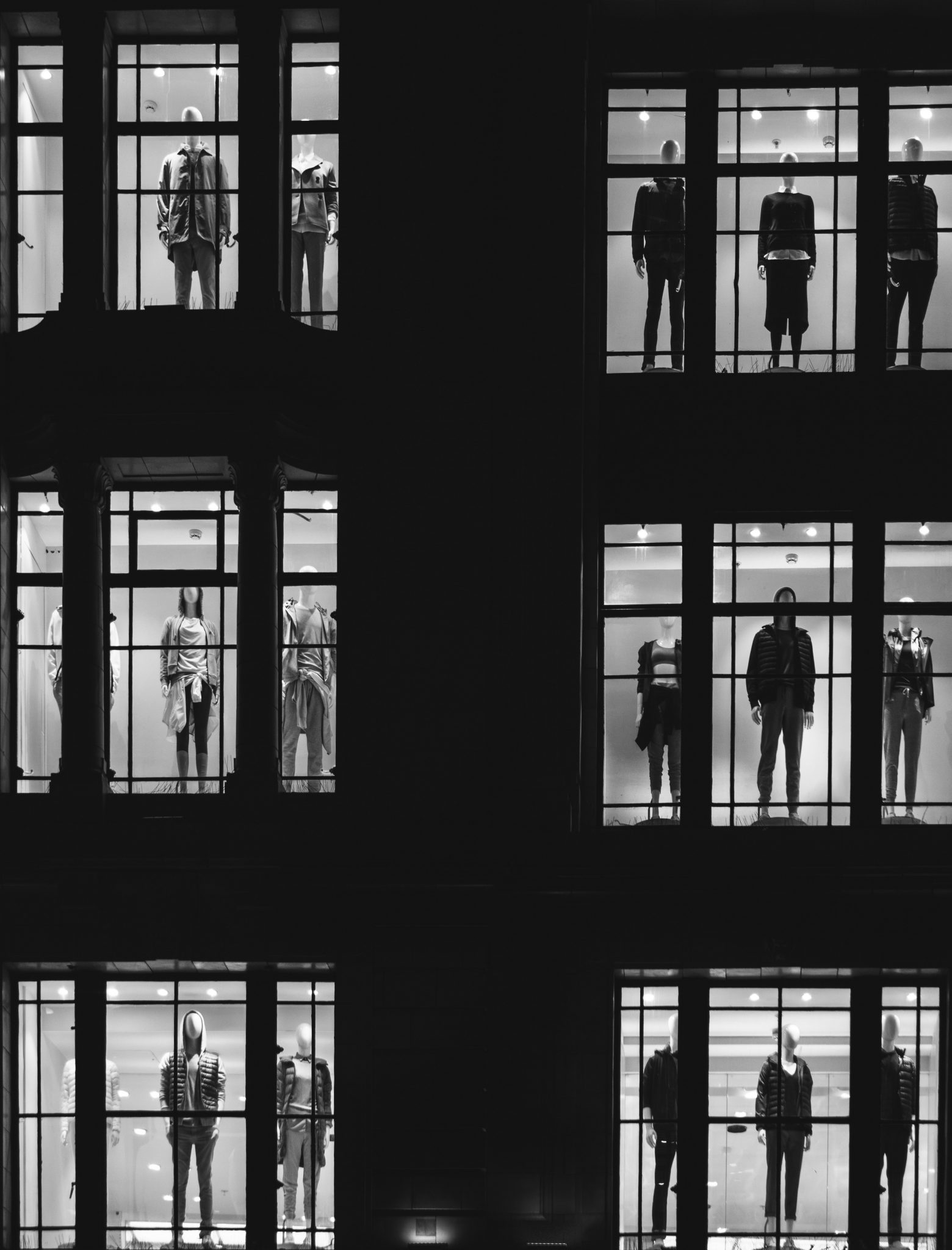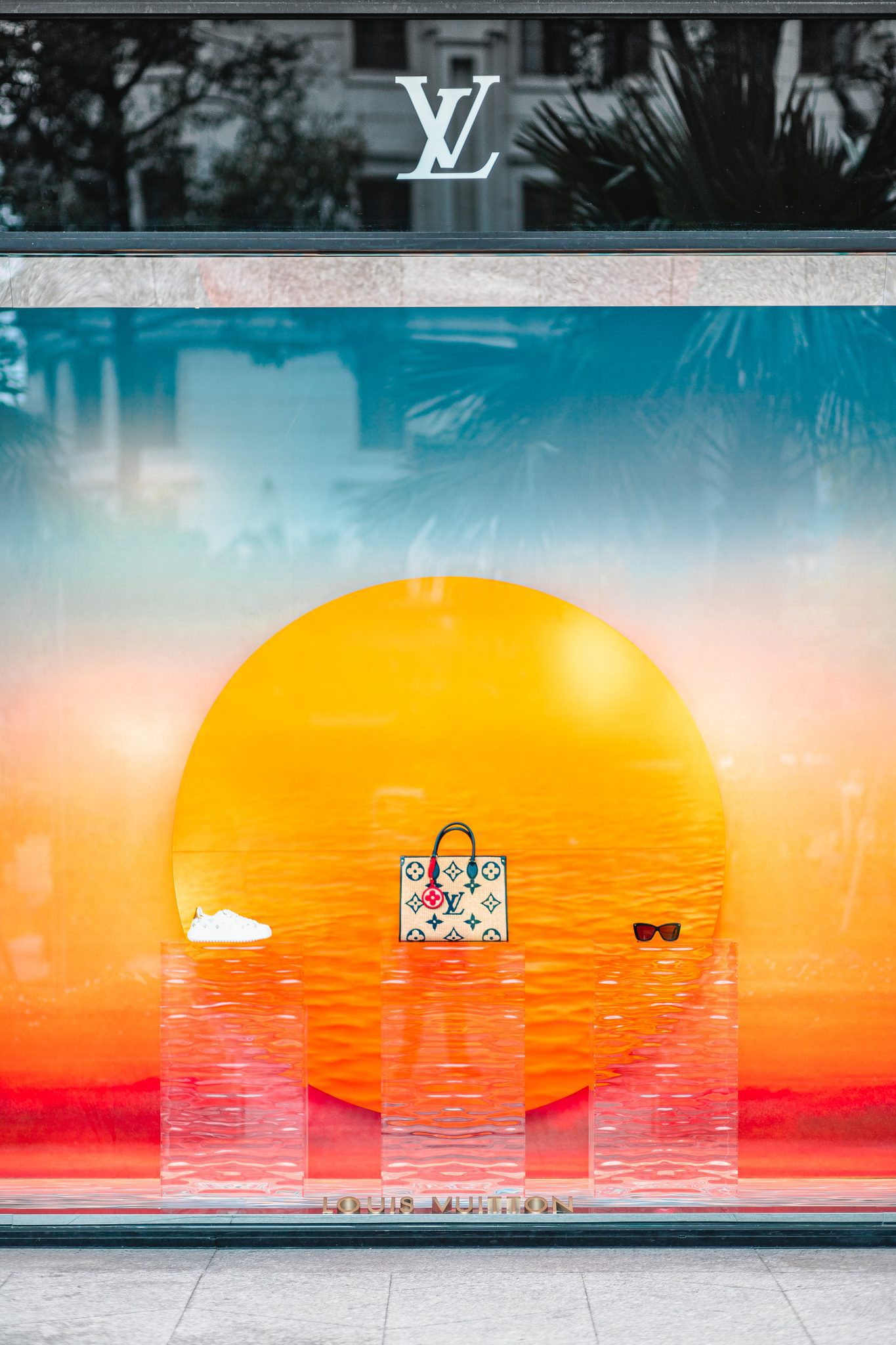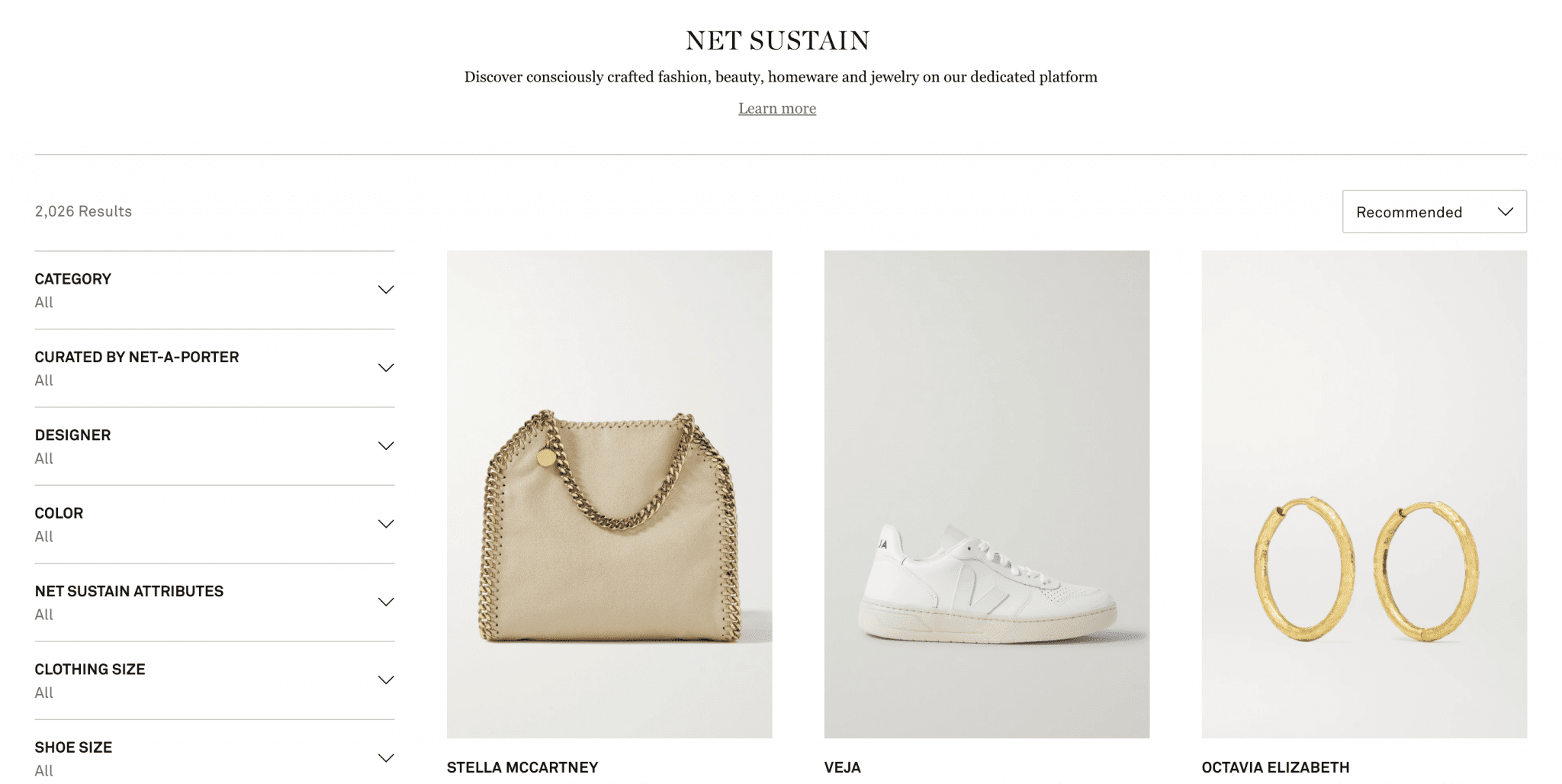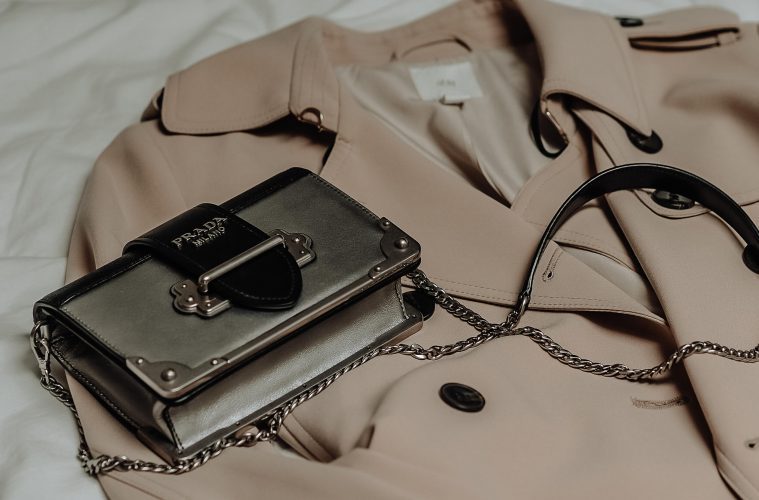Is luxury fashion good for the environment?
Over the years, conversations about the environmental impact of the fashion industry have become more and more prevalent. Fashion is the second most polluting industry in the world, after oil. And fast-fashion brands are the first that come to mind when we think of major environmental issues like overproduction and improper waste disposal.
Luxury fashion products, on the other hand, are long-lasting and high-quality. They also have a low production rate, as brands hope for their pieces to be exclusive. However, the conversation about luxury fashion and its impact on the environment has several layers of complexity.

The Paradox of Luxury Fashion
Luxury brands are designed around the idea of exclusivity. Brands often do not wish for their products to be as widespread as fast fashion pieces. Overproduction, and as a result, overconsumption, reduce the exclusivity of the brand. Therefore, most luxury brands have lower rates of production and disposal.

Secondly, luxury brands pride themselves on the quality of their products. Luxury fashion pieces last for years, even decades, as compared to their fast-fashion counterparts, whose pieces are often disposable and designed for short-term use.
However, luxury fashion brands aren’t completely blameless, either. In order to create pieces that reflect a brand’s heritage, values, and quality, luxury brands require the highest standard of fabric, dyes, and other production materials. As a result, large amounts of natural resources (like water) are poured into creating the perfect quality piece. Moreover, brands even discard sub-par or inadequate raw material.
There have also been cases where luxury brands have led to incinerating pieces that didn’t sell in the market, as they did not wish to lose the ‘exclusivity’ of their products. For instance, in 2018, Burberry sent 28.6 million Euros worth of products to the incinerator.
This ironic paradox, of luxury pieces being long-lasting yet requiring the most resources, has been prevalent in the industry for years.
The Shift Towards Sustainability
As the conversation surrounding luxury fashion’s impact on the environment becomes more prevalent, there has been a significant shift towards sustainability. Luxury shopping sites like Net-a-Porter, Browns, and Selfridges have made sustainable fashion a prominent section on their respective websites. As customers demand transparency and authenticity from brands, many are working towards sustainable fashion collections.

As brands continue to redesign production processes, it’s important to note that it can take time to implement these efforts effectively, particularly on a larger scale. But, at the very least, it’s step towards recognizing the problem, and working towards solving it.
Published by HOLR Magazine.


